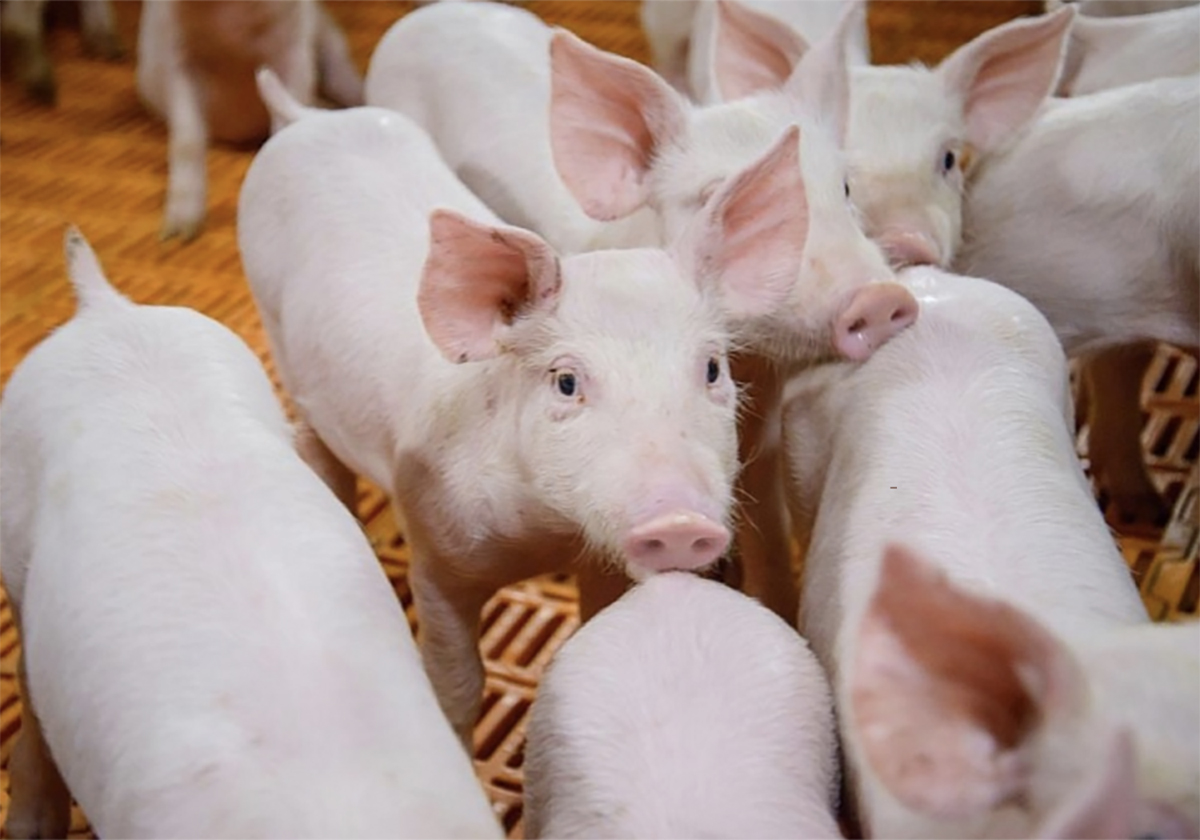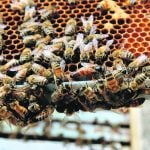TABER, Alta. – Cattle feeders’ loyalty to Canadian barley loses some of
its lustre when costs rise and supply shrinks.
Many cattle feeders in Alberta have switched to cheaper American corn
for the last two seasons when locally grown barley supplies were tight
due to poor growing conditions.
Animal nutritionist Dwight Karren works with feedlots on nutrition
packages and has found corn and other alternative feeds work well.
“You can go back to barley but if you can’t get barley every day, what
Read Also

The Western Producer Livestock Report – August 28, 2025
Western Producer Livestock Report for August 28, 2025. See U.S. & Canadian hog prices, Canadian bison & lamb market data and sales insights.
are you going to do? Most feedlots have less than a week’s storage for
grain,” he said.
Concern raised about meat quality of corn-fed versus barley-fed steers
is moot. Canadians prefer the hard, white fat derived from barley fed
beef but American consumers prefer a softer, light amber coloured fat
produced by corn, said Karren.
Exporters found the product has been better received in the U.S.
” We thought we were sending them something they would like better than
their own product,” said Karren.
“The packers said ‘great.’ Now we don’t have to explain to our
customers why the fat isn’t yellow.”
His greatest challenge as a nutritionist is to calculate proper
supplements because feedlots change feeds depending on weekly supply
and price.
In normal years, most feeders are not interested in alternative feeds
but they have been forced to learn how corn might fit. They have
learned it can be processed as easily as barley and nutritionally, corn
works well enough, Karren said.
“There is certainly a lot more interest in investigating and looking at
alternatives because of the large losses that occurred in the feedlot
industry in the last few years.”
Nutritionists measure levels of crude protein, rumen digestible protein
and fibre of the grains. Corn is higher in energy but may have
inadequate protein. Evaluations are needed so cattle gain enough weight.
There are many sources of protein supplements for corn rations but cost
is often the greatest determinant. Urea or canola meal is high in
protein but can be expensive.
Corn-fed cattle need added protein until they reach at least 1,000
pounds.
Starch in corn is found in the protein matrix and many feedlots noticed
pasty manure, which indicates corn starch passed through the digestive
system.
Cattle tend to digest barley faster than corn and that can lead to some
liver problems.
Corn contains lower levels of minerals like calcium and phosphorous.
Some calcium supplements may be needed but Karren said he does not add
phosphorous to rations because of environmental concerns.
Trace minerals like copper, manganese and zinc are about 50 percent
lower in corn than barley. Feed tests should indicate the level of
supplements required.
In addition, more silage is included in Canadian feedlot diets.
Americans appear to be moving away from silage because it is bulky and
harder to deliver to the animals.
Cattle tend to be more productive with additional forage in their
diets.
“The cattle will appreciate it if we can do it,” Karren said.

















